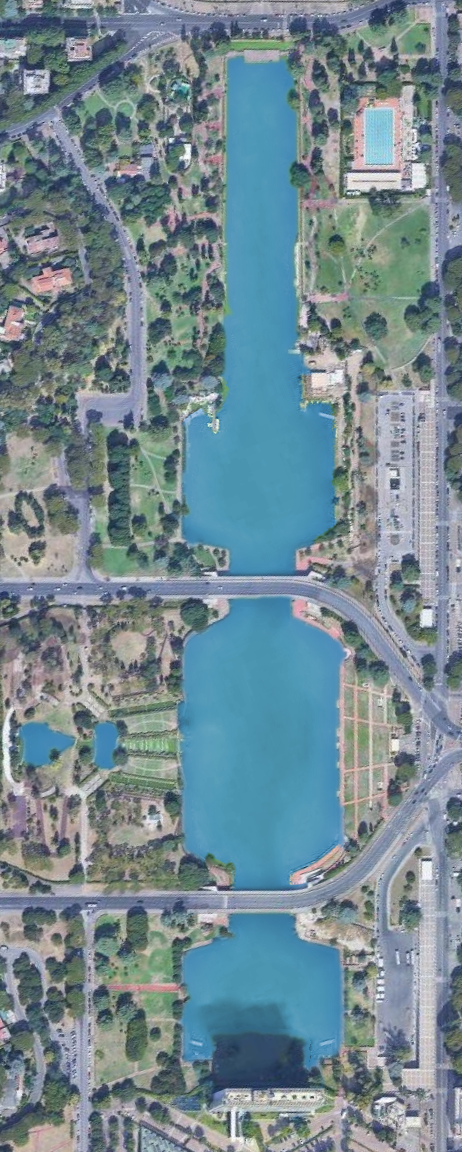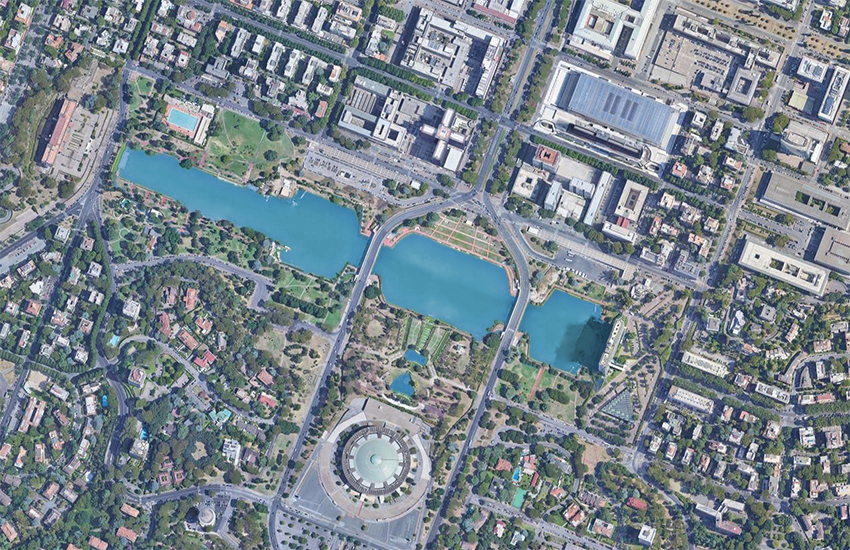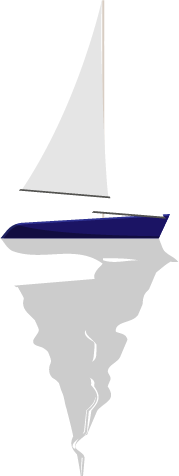
Ready to Start?
Discover the EUR lake and its story
ECCO QUI LA TUA MAPPA

ORA SIAMO QUI!
Occhio ai pin e goditi il viaggio!

The Japan Promenade

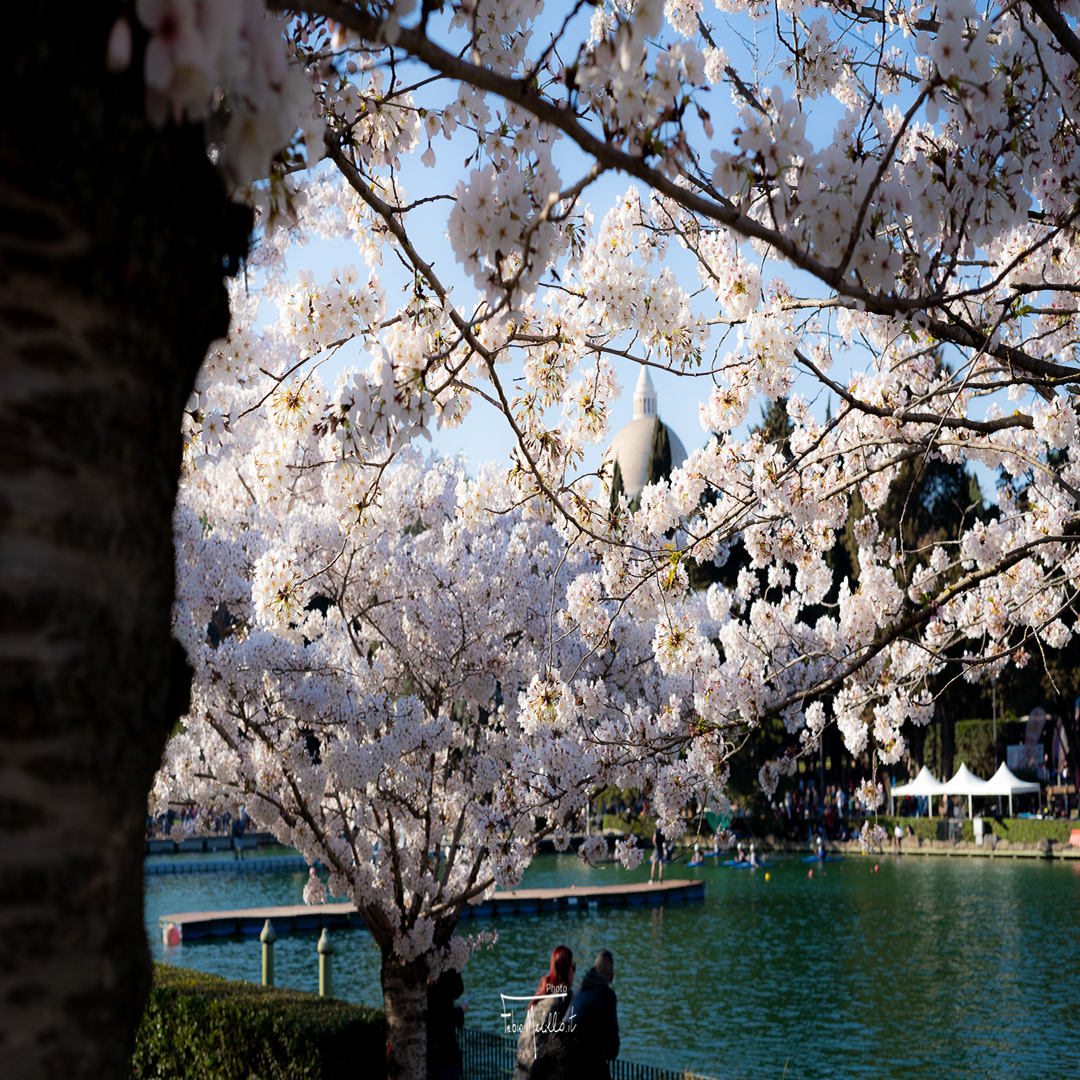
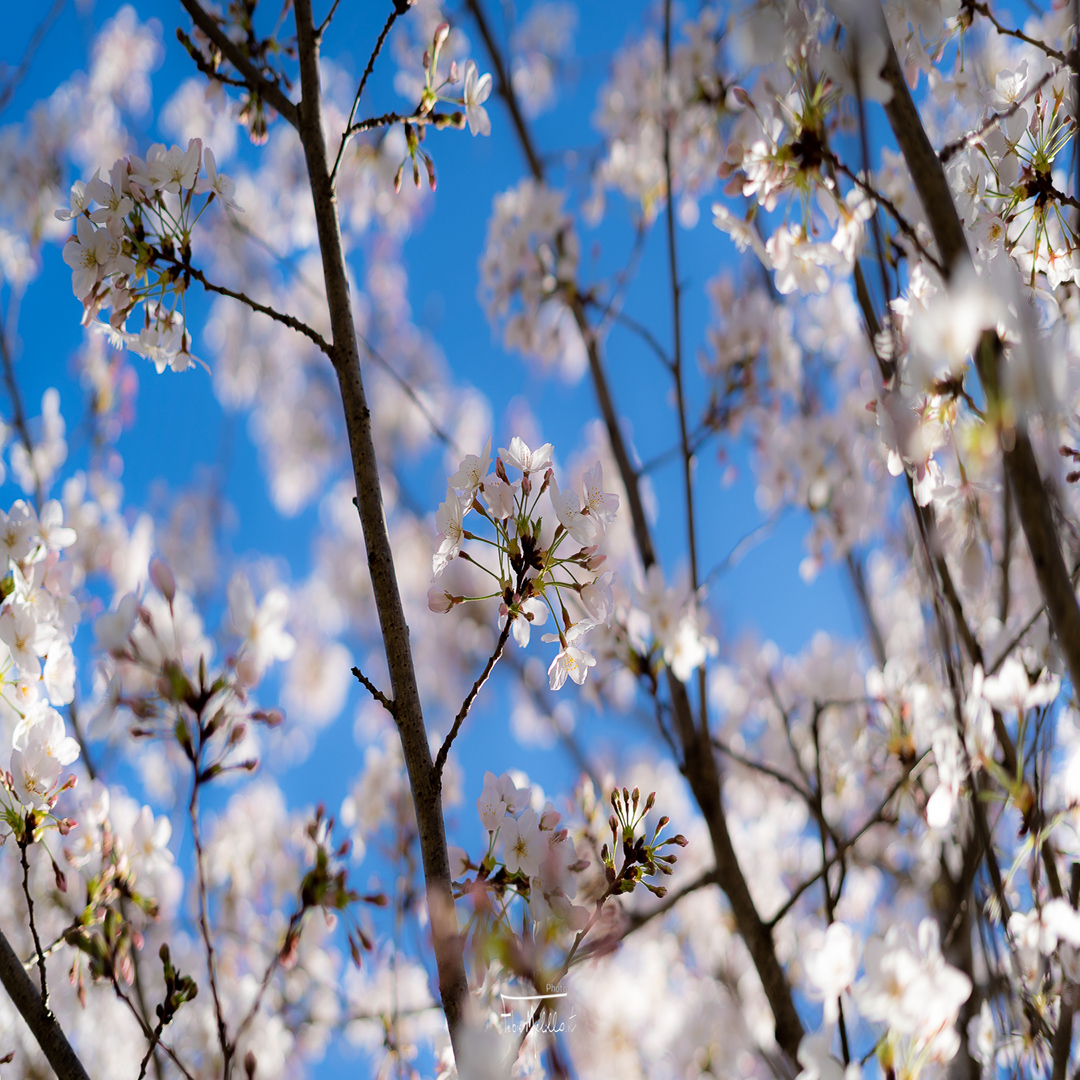
Designed by Raffaele de Vico, the Japan Promenade features the majestic Sakura, the cherry trees donated directly by the city of Tokyo on 20 July 1959 as a sign of friendship between Italy and the nation of the Rising Sun.
The Promenade is extremely suggestive in the period of the cherry blossoming, the Hanami, which usually takes place between mid-March and early April. March and early April.

Cathedral of Saints Peter and Paul
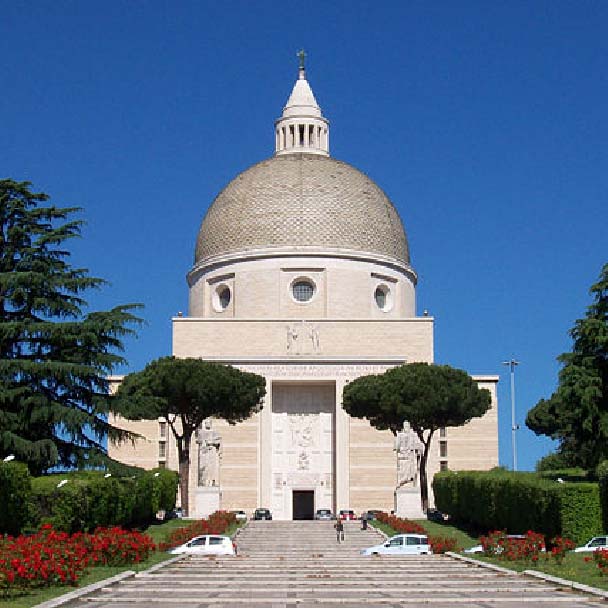
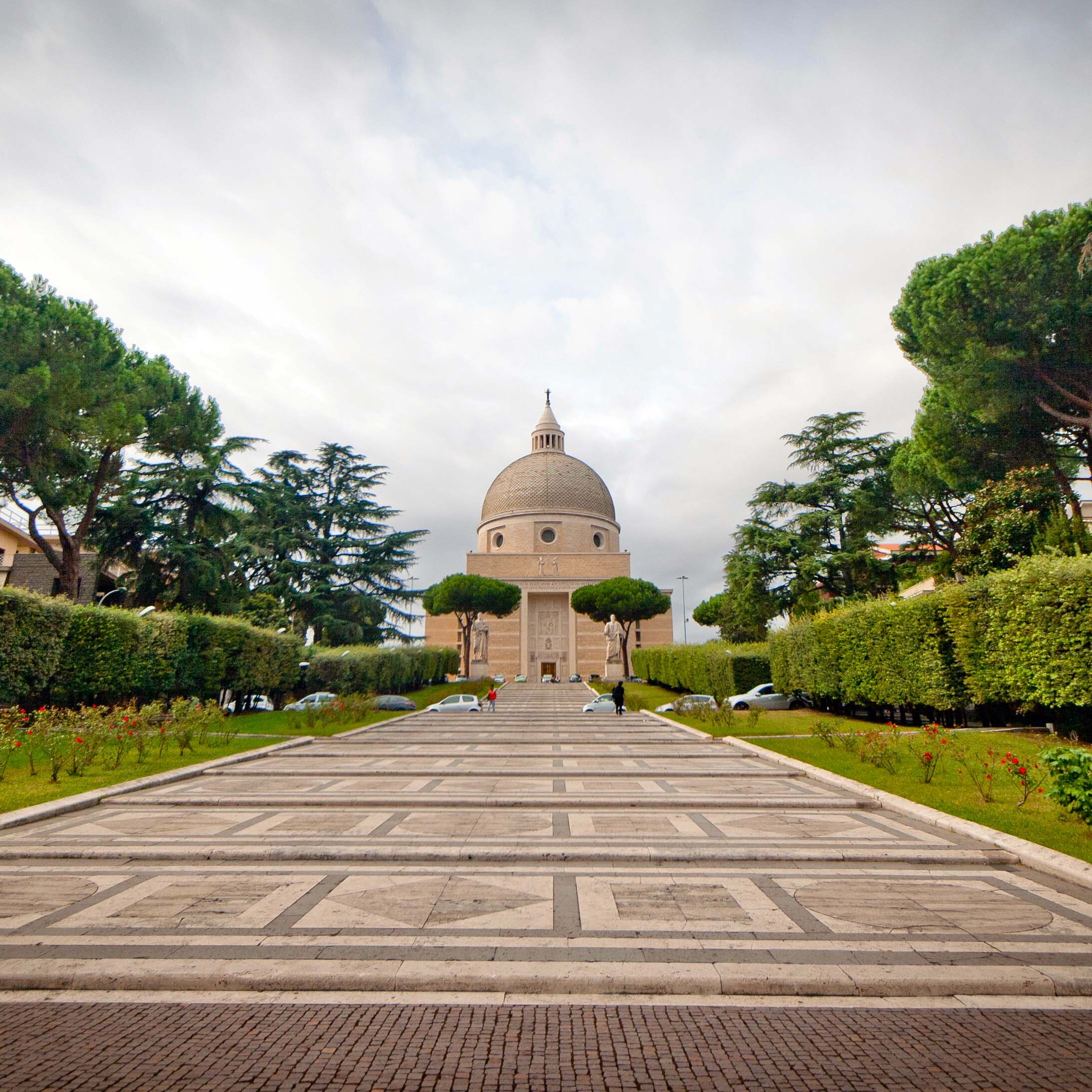

The monumental temple of Saints Peter and Paul in Rome stands at the highest point of EUR.
Work began in April 1939 and during the Second World War the war the work slowed down until it was suspended after a bombing that that affected some structures in 1943. Also in 1943, the site of the future basilica was the scene of some clashes between Italian soldiers and German paratroopers. Work on the building resumed in 1953 and it was discovered that large quantities of building material had been taken from the site.
The basilica was opened for worship in July 1955. The temple was conceived with a central Greek-cross plan; the hemispherical dome is counted among the most impressive in Rome.
The architectural-urbanistic composition was completed by the two large statues depicting the patron saints Peter and Paul and the monumental staircase that joins the church square to Viale Europa below.

The lake animals
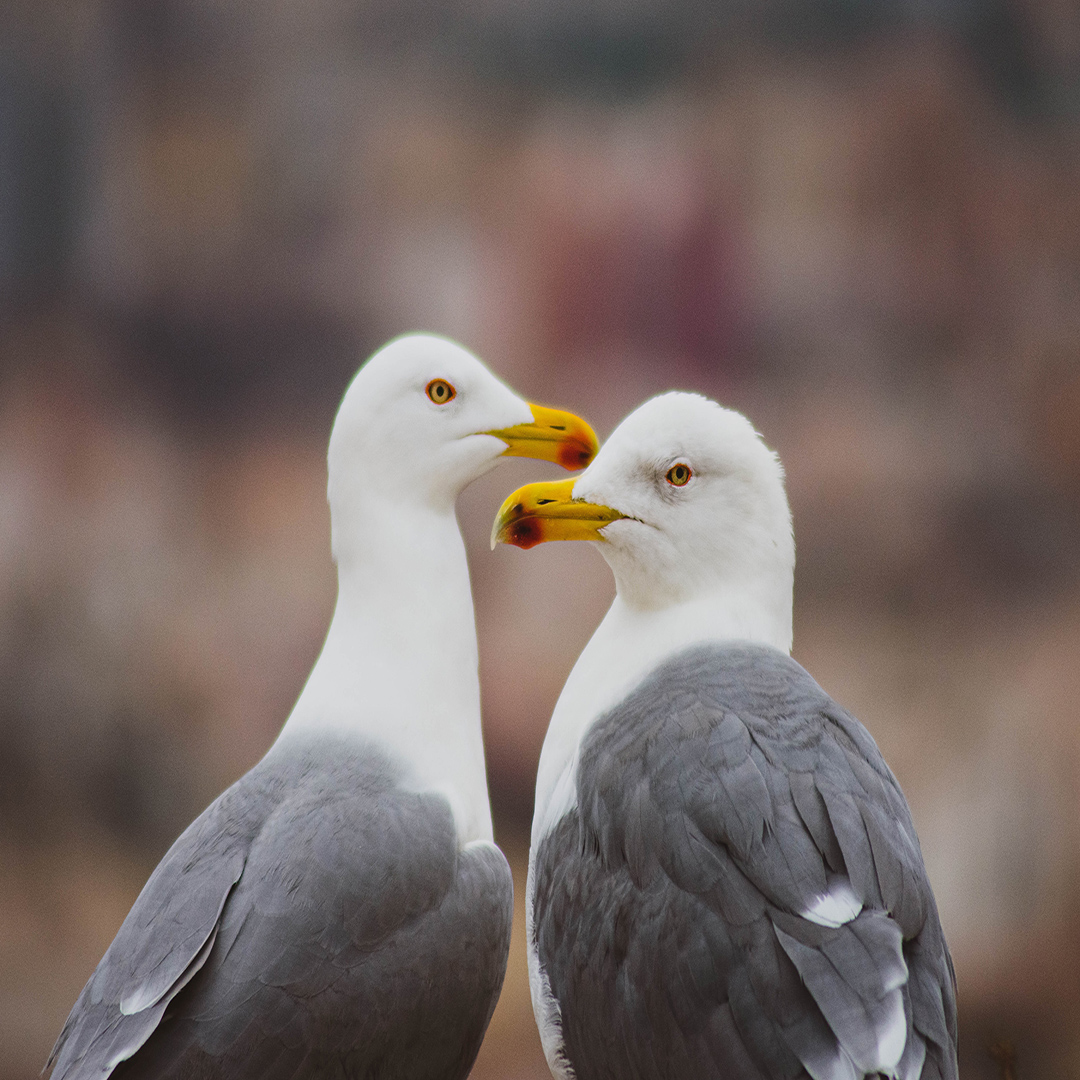
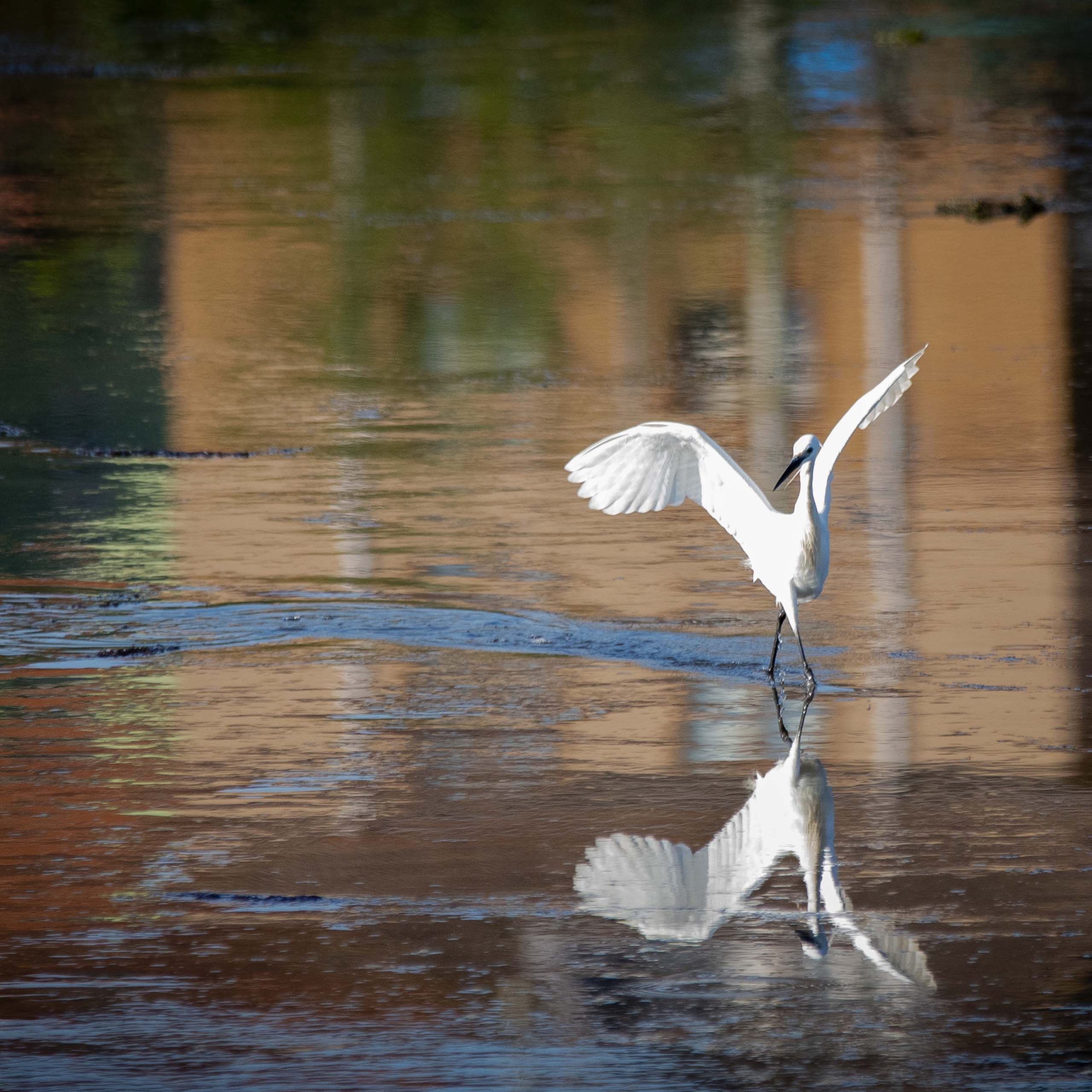
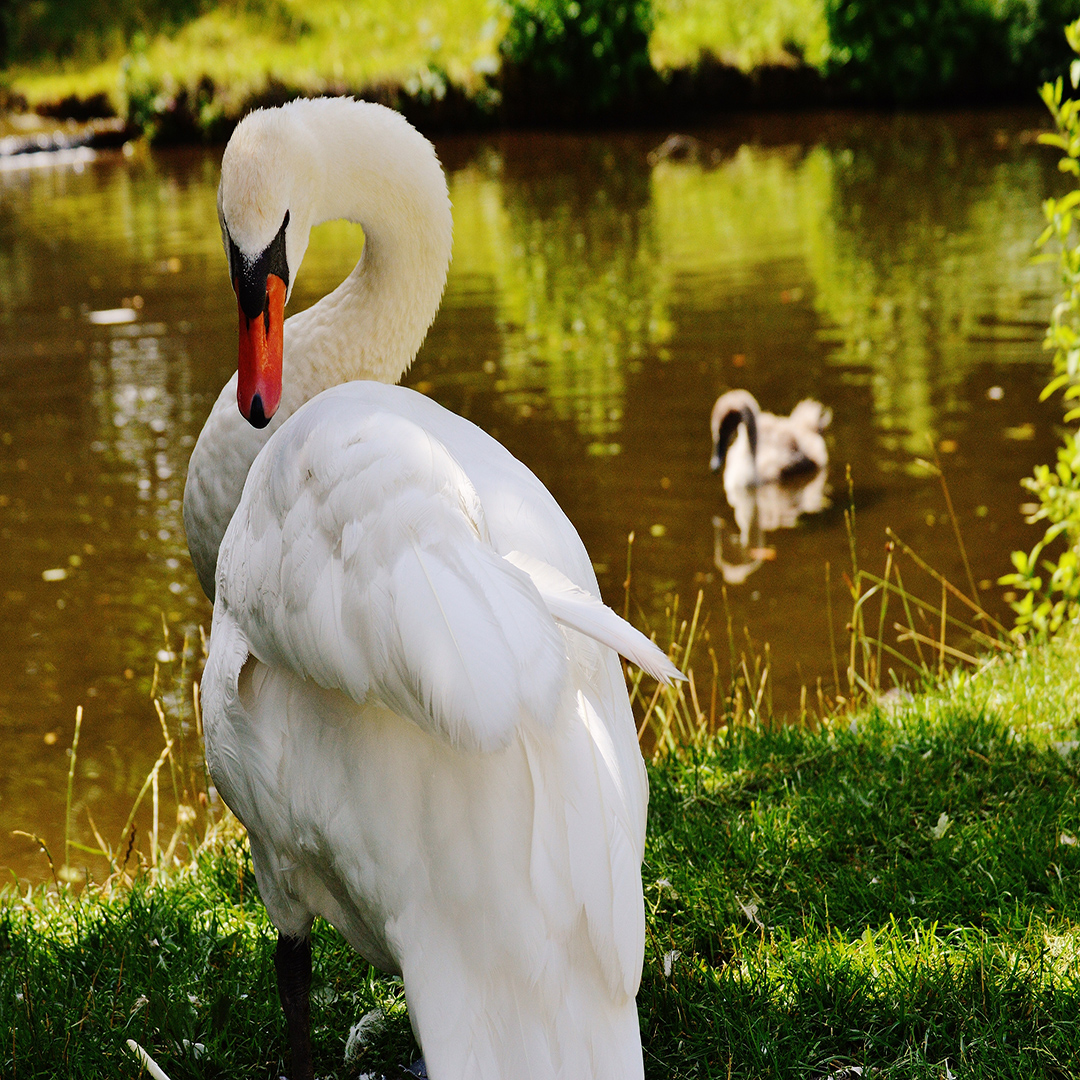
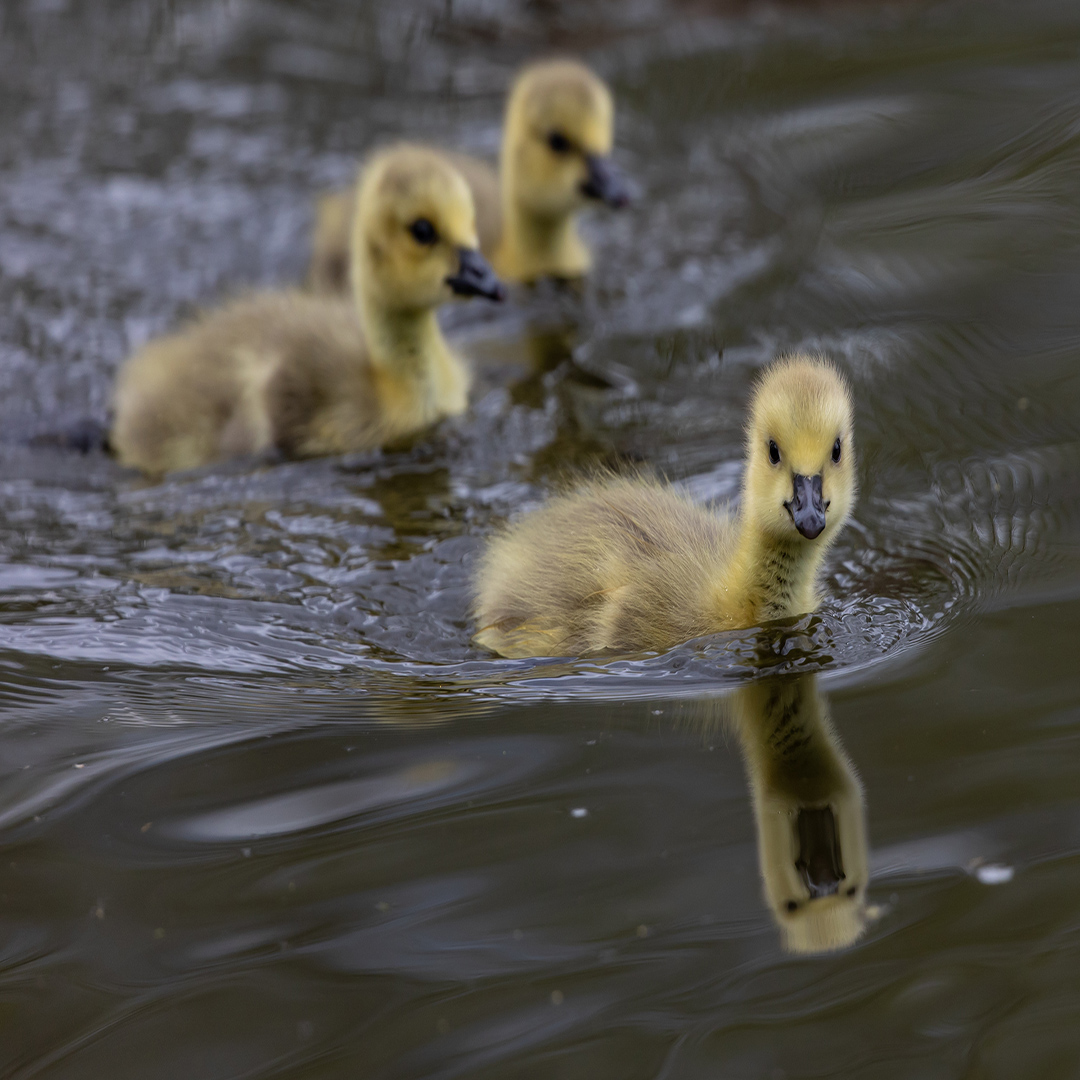
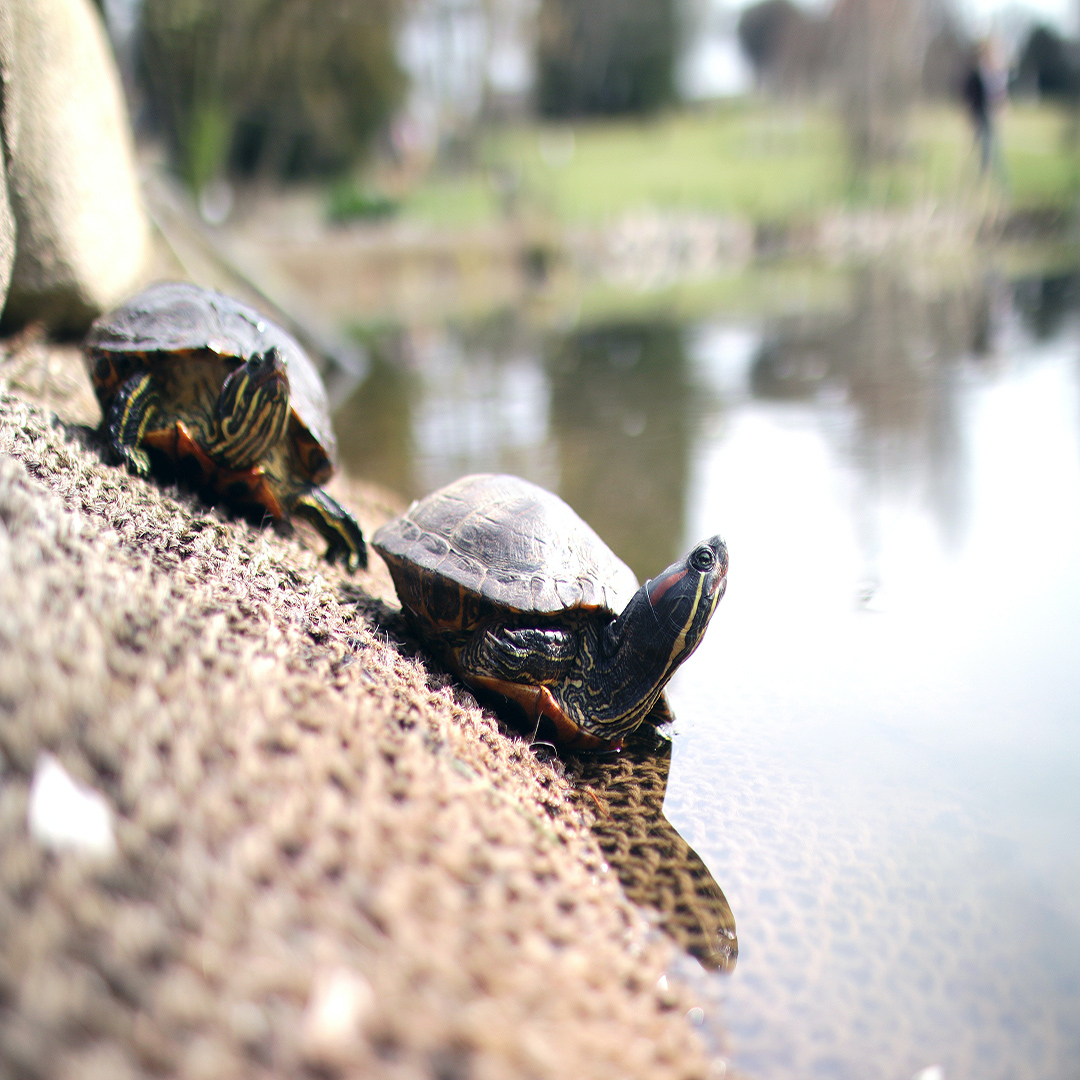
Countless animals roam around the EUR park. Among the fish fauna are the sun perch, carp, ca trout, tench and rudd, but it is important to remember that it is fishing is prohibited.
Among the birds, on the other hand, we find seagulls, swans and anatidae which have established a constant presence here, and also rarer species rare species such as egrets. Unmissable are the graceful turtles.

The palalottomatica
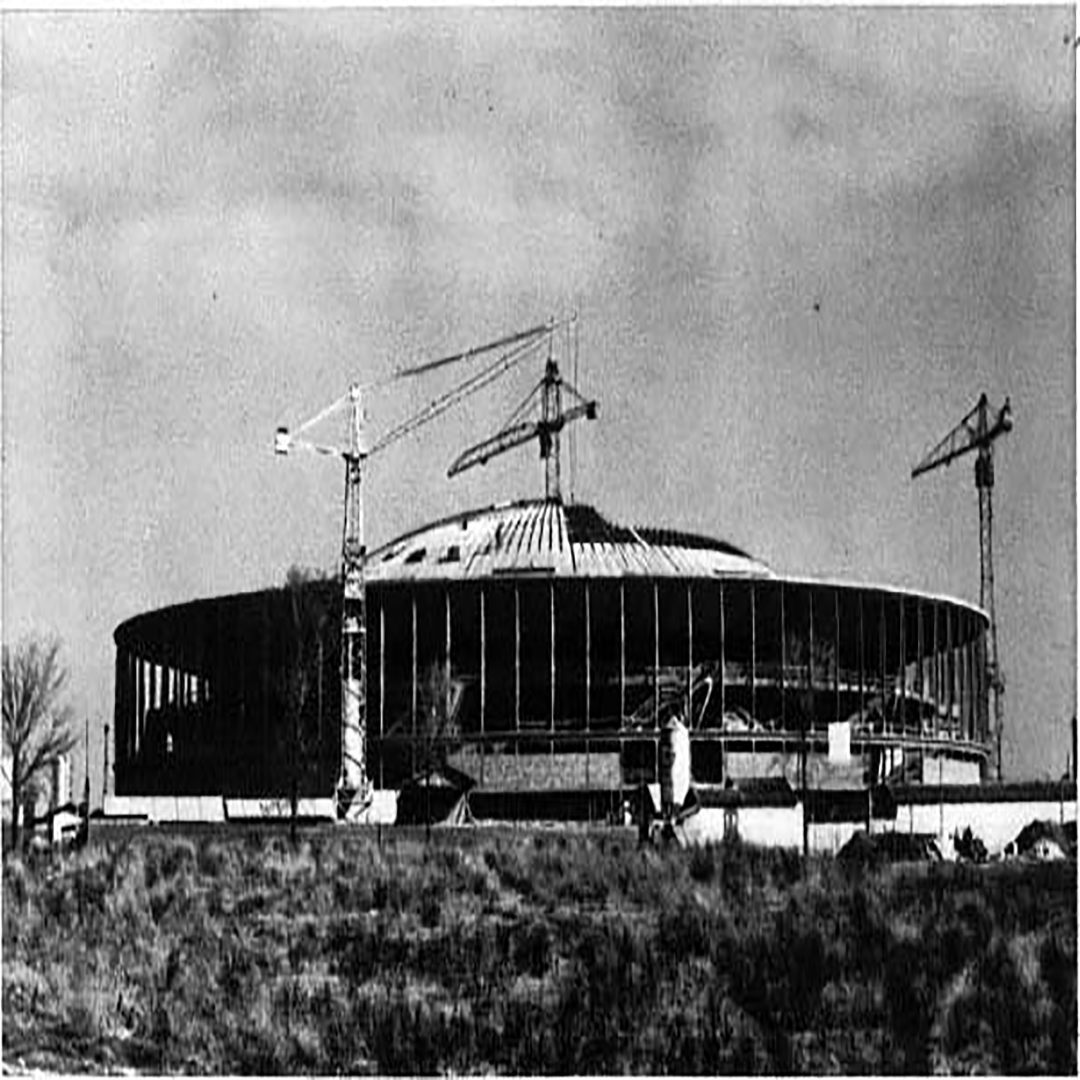
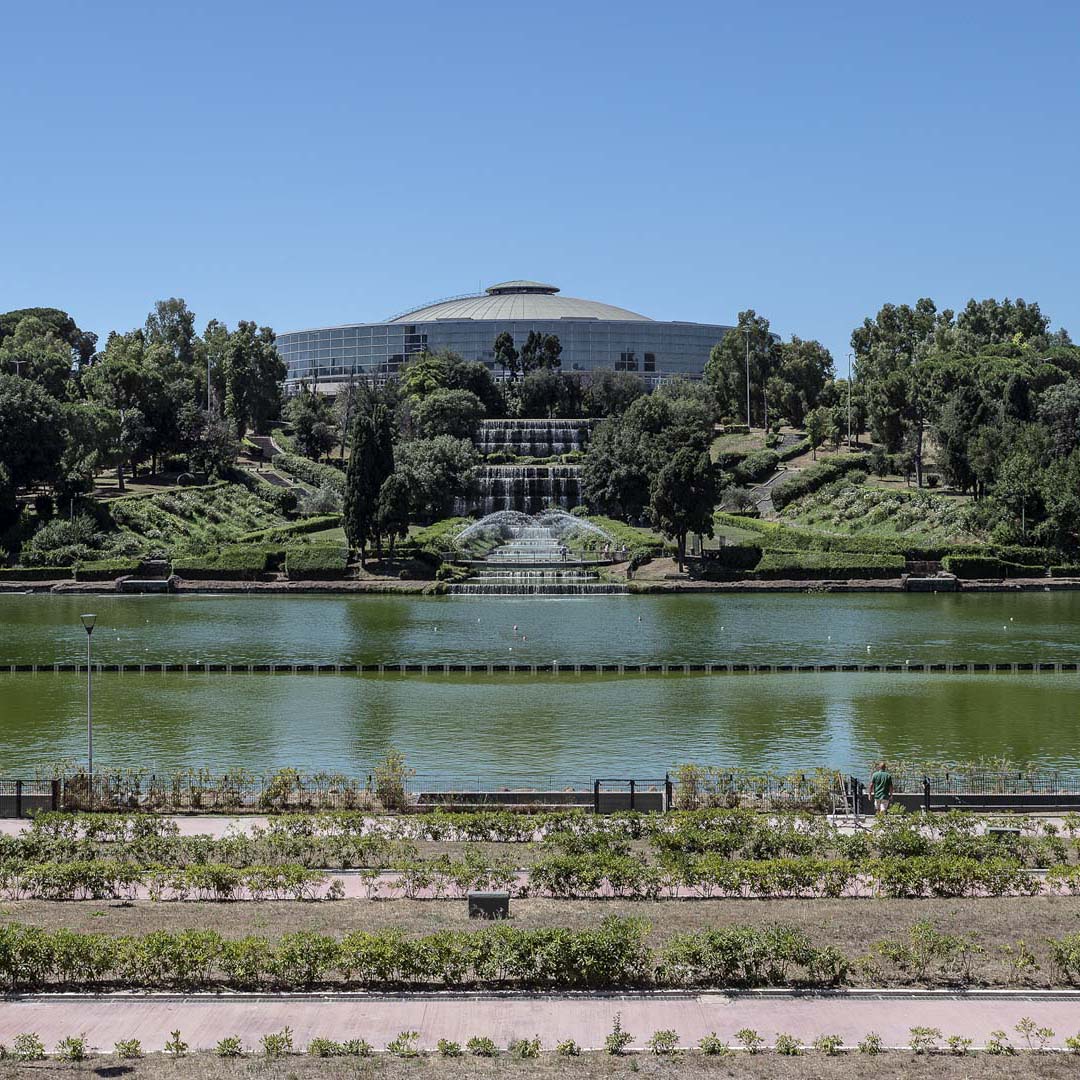
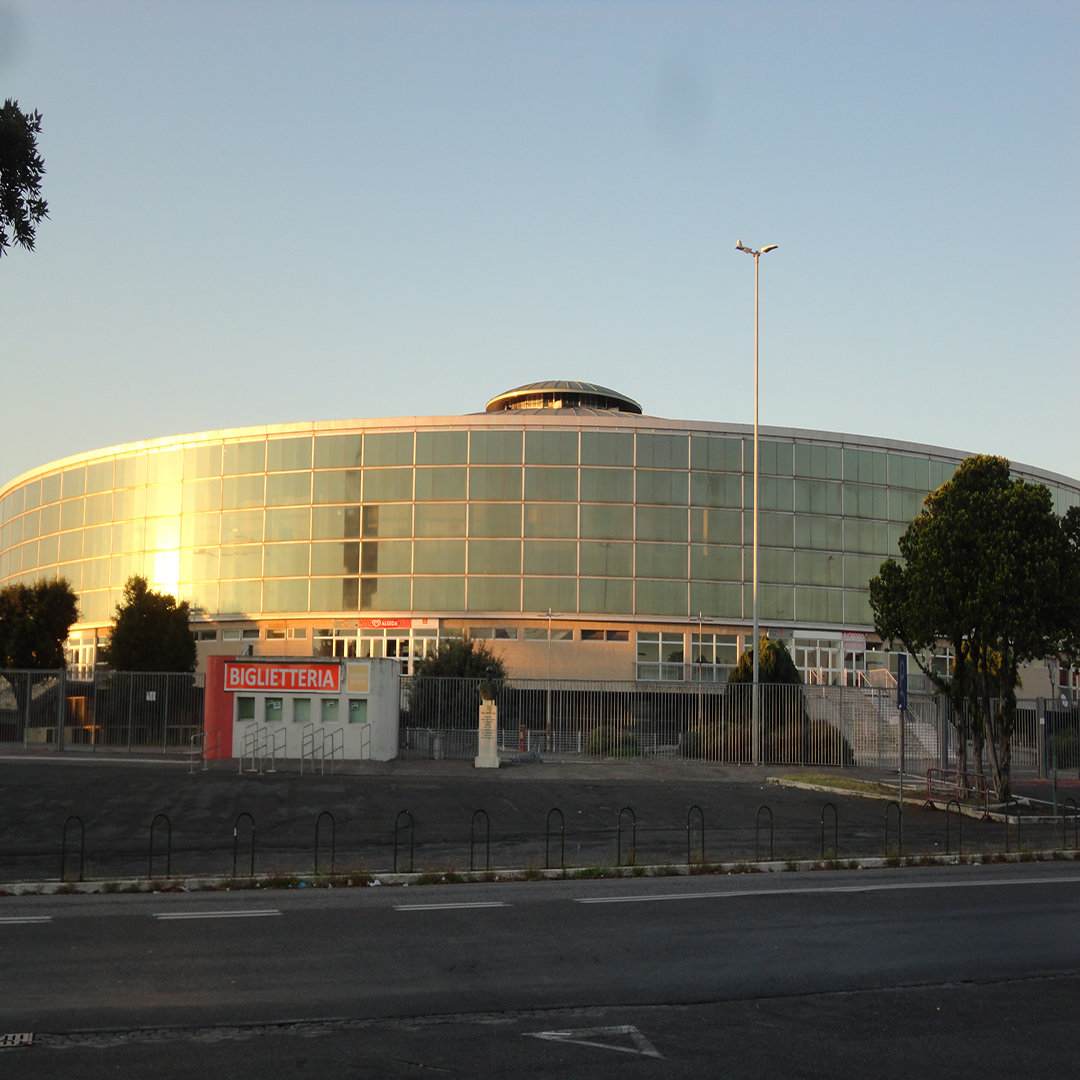
On the occasion of the 1960 Olympic Games, it was decided that the area above the pond should be home to a multi-purpose building, primarily intended for sports activities, but also open to other uses. Construction took place between 1958 and 1960.
The inauguration of the palace took place on 3 June 1960 and already the next day it hosted the first professional boxing match, which saw the Italian Giulio Rinaldi beat the French Gérminal Ballarin in front of about fifteen thousand spectators.
After the 1960 Olympics, the Palace was used for a variety of purposes, including concerts such as that of the Rolling Stones in 1970 and party congresses such as that of the Christian Democracy in 1976

The waterfall garden
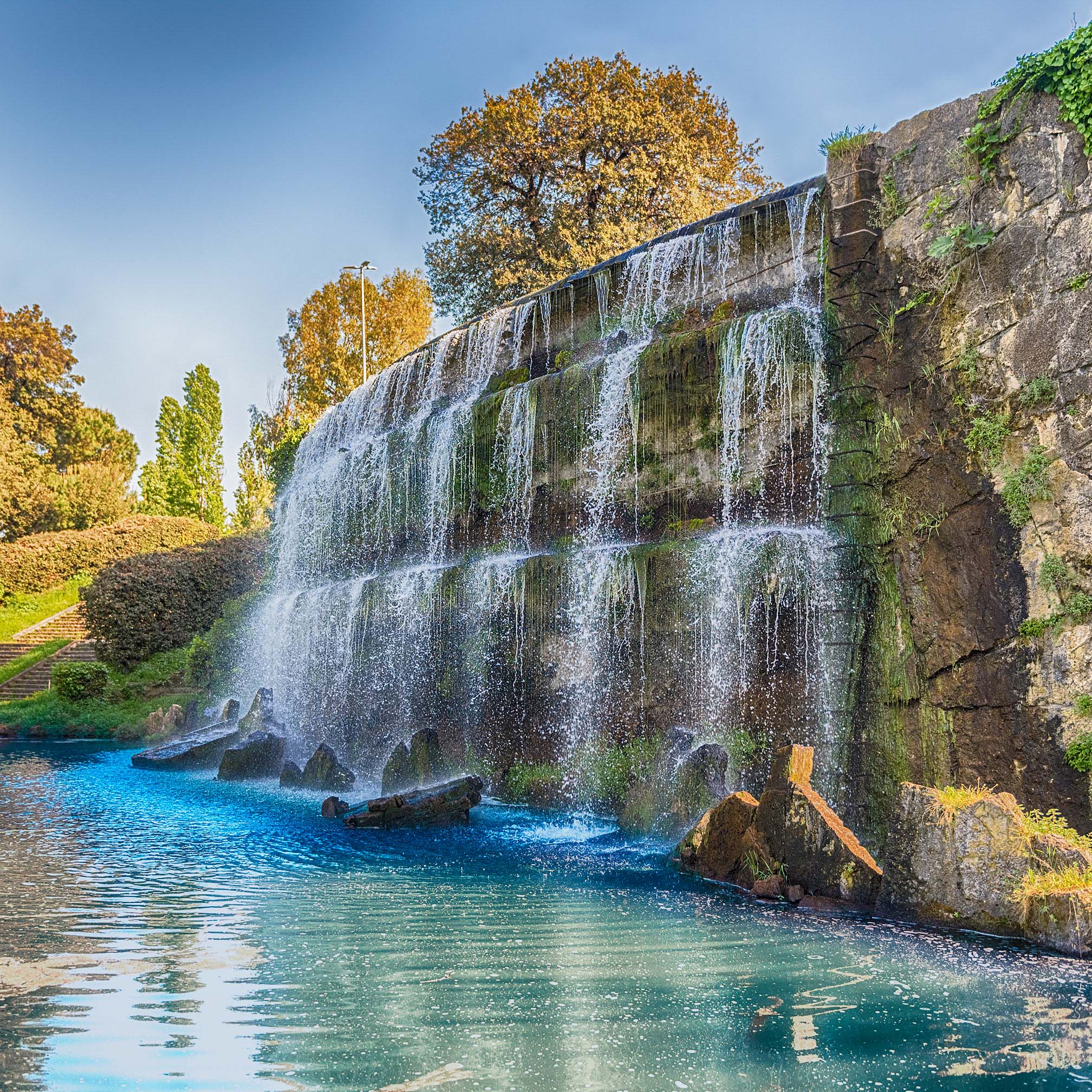
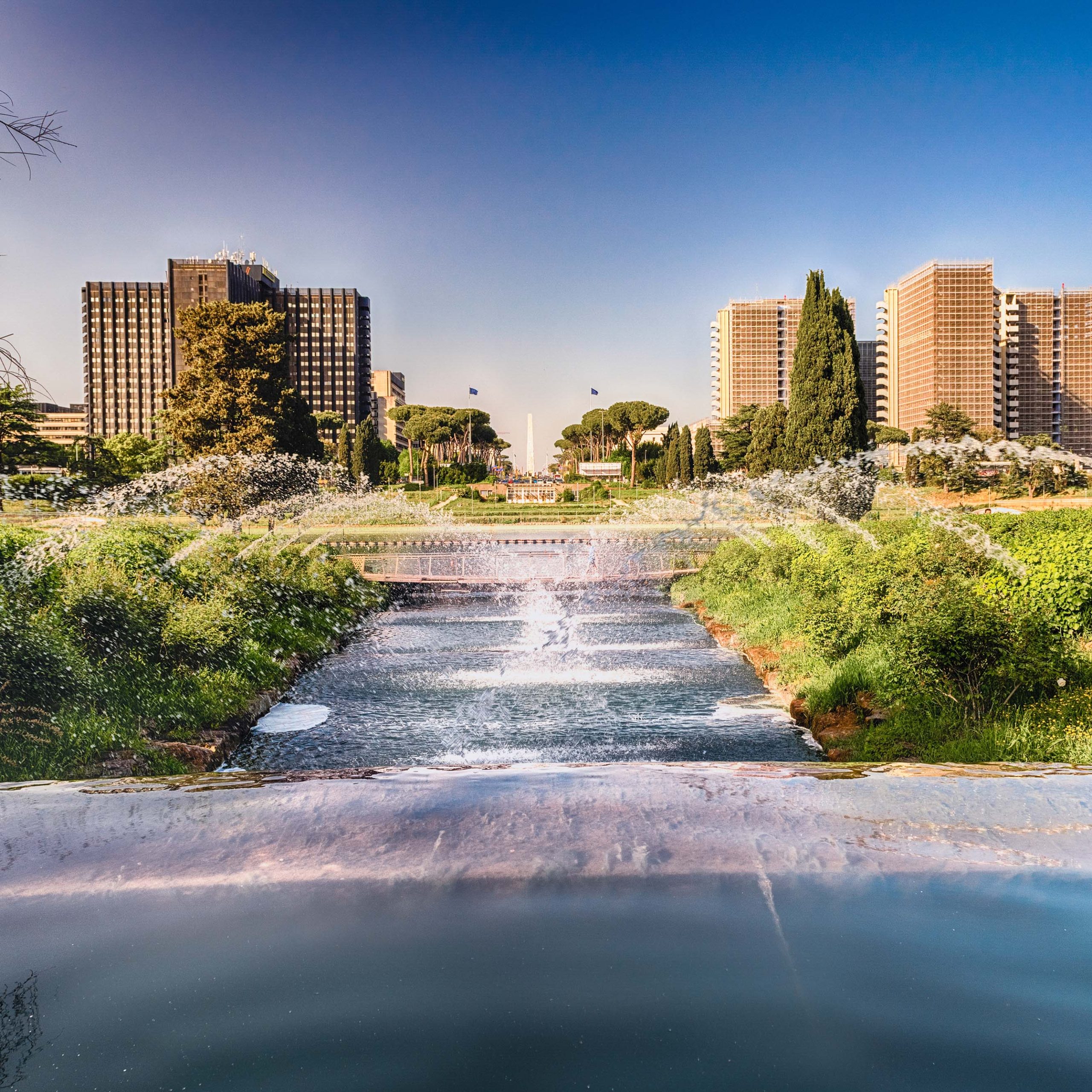
A true jewel of landscape architecture is the Waterfall Garden, probably the most striking green area. Inaugurated on 29 June 1961, it consists of a harmonious twine of jumps and cliffs, natural stones and plants of different species.
Over the central waterfall trally passes the glass-floored Hashi footbridge which connects the different banks. The function of the waterfalls is not purely aesthetic: with their water movements, they contribute to the oxygenation of the lake’s waters.
The beautiful garden has often been used as a film set.
Don’t believe it? Click play!

The history of the lake

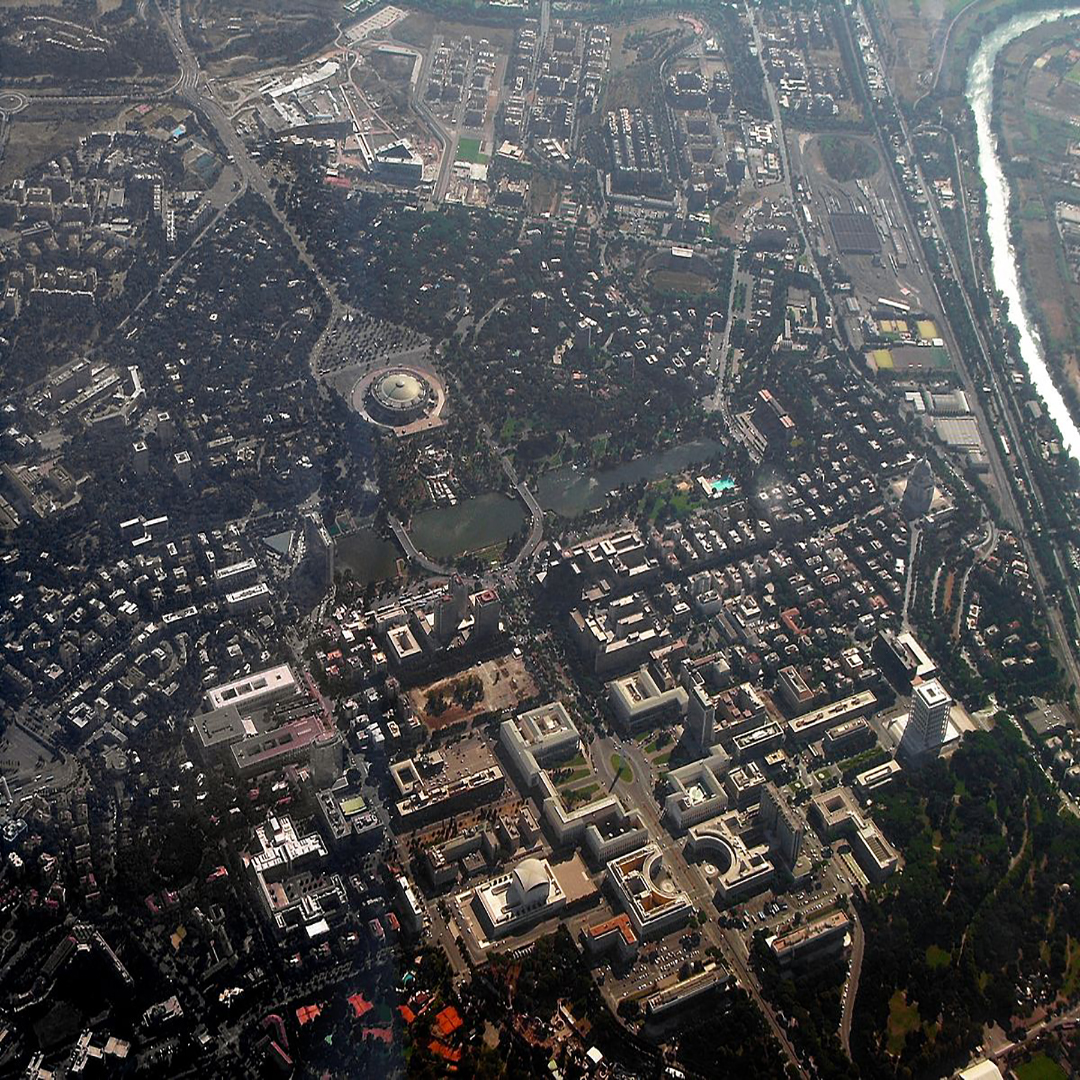
The history of the EUR Lake is closely linked to the construction for the 1942 Universal Exhibition. The pond was in fact planned in 1937, but its realisation due to the outbreak of war only took place in the 1950s on the occasion of the Rome 1960 Olympic Games.
The pond is part of the larger EUR central park, designed by architect Raffaele De Vico, and it also houses a very rich quantity and variety of flora and fauna.

The Eni building


The building was constructed between 1959 and 1962 and is one of the symbols of ‘economic Rome’. Since its inauguration, it was the tallest building in the capital, after St Peter’s Basilica in the Vatican, until the construction of the Eurosky Tower and the Europarco Tower in 2012.
The building was constructed between 1959 and 1962 and is one of the symbols of “economic Rome”. Since its inauguration, it was the tallest building in the capital, after St Peter’s Basilica in the Vatican, until the construction of the Eurosky Tower and the Europarco Tower in 2012.
“It asserts itself as pure building geometry: a simple rectangle of water on which is mirrored the false square of a “slab skyscraper”: the ENI building>> – Fulvio Abbate, Roma Controvento.
- https://it.wikipedia.org/wiki/File:Roma_EUR_Basilica_santi_Pietro_e_Paolo.jpg
- https://www.euxus.de/rom-kirchen.html
- https://upload.wikimedia.org/wikipedia/commons/thumb/0/0e/Roma_EUR_Cascata_del_Laghetto_e_Palazzo_dello_Sport.jpg/1024px-Roma_EUR_Cascata_del_Laghetto_e_Palazzo_dello_Sport.jpg
- https://commons.wikimedia.org/wiki/File:Roma_Laghetto_EUR_e_Palazzo_ENI.jpg
https://upload.wikimedia.org/wikipedia/commons/0/0a/Palazzo_Eni%2C_Roma_2018.jpg - https://it.wikipedia.org/wiki/Palazzo_dello_Sport_(Roma)#/media/File:Palazzo_dello_Sport_1959.jpg
https://commons.wikimedia.org/wiki/Category:Palazzo_dello_Sport_(Rome)?uselang=de#/media/File:Palazzo_dello_Sport_(Rome)_in_2018.12.jpg
https://commons.wikimedia.org/wiki/Category:Palazzo_dello_Sport_(Rome)?uselang=de#/media/File:PalaLottomatica_(Rome,_ITA).jpg
Powered by AR Market
